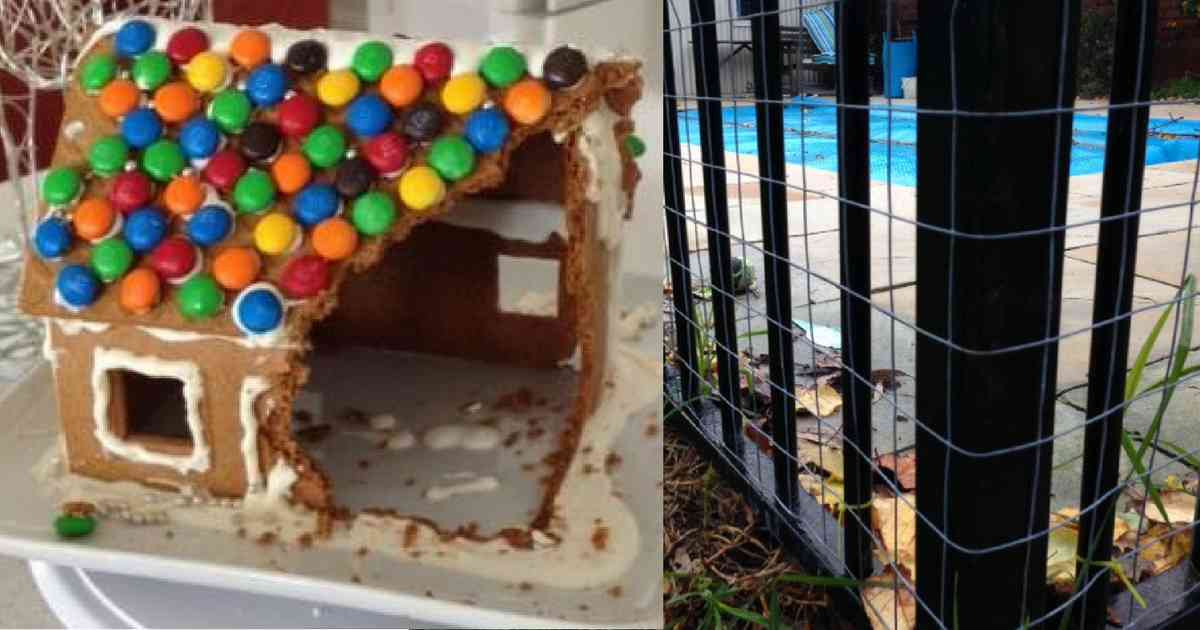Updated November 29, 2020
Most people will say having a new puppy in the house is a bigger shock than a new baby. With a baby you have plenty of time to get the house safe as they grow and develop. A puppy is in full-on grab-and-destroy mode from the day they arrive. Here’s a checklist to keep them safe and you sane. All of these points are covered in detail in Common Puppy Dangers.
Poisonous Plants and Toadstools
Every garden has them. You can try to remove them but why not construct a secure pen in a sheltered part of the yard where you can leave your puppy safely during the day? Read here a summary of actual dog poisonings in Adelaide.
Chewable items
Sorry to be blunt, but messy houses are full of dangers. What a great way to get everyone to be tidy! Everything chewable needs to be securely stored out of reach and rubbish bins and clothes baskets need lids like Fort Knox. The items we remove surgically are most often satay sticks, corn cobs, cooked bones, kids toys, low quality dog toys, underwear or sanitary products.
Electrical cords
Cables need to be securely hidden behind furniture or enclosed in chew proof tubing called conduit. Whenever possible, unplug appliances when finished and put them away. Puppies can be tiny so block off access to behind entertainment units.
Poisons and Medicines
Panadol® or Nurofen® left on the bedside table and handbags containing medicines and makeup all get chewed by puppies. Keep medicines and household cleaners in secure puppy proof cabinets and call a vet ASAP if ingestion is suspected.
Foods
Puppies are smart, and most learn to open kitchen cupboards and climb onto benches and tables. Many of our foods are poisonous to dogs but anything is dangerous in very large amounts, even puppy food. Keep cupboards closed and use child locks if needed.
Snakes and Spiders
Spiders love crevices and snakes love clutter and overgrown gardens. Get the whole family involved in tidying up the yard before your puppy arrives.
Swimming Pool
This is one of the most common dangers – if your puppy falls in they can’t get out. Securely block access to the pool (the picture shows protection only good for a tiny dog) and perhaps sink a ramp in the pool on the closest side to the house.
Fences
This is the number one threat. As soon as you leave your puppy in the yard, they will try to get out and find you. If they find a weak point and escape, the danger from cars and theft is extreme. Test your fencing as thoroughly as your puppy will.
Pesticides
Rat poison ingestion is still the second most common dog toxicity, but thankfully snailbait poisoning is now rare. If you have either of these in the house or shed, throw them away. Don’t just rely on them being stored securely: many of our cases are from boxes being knocked off shelves or cupboards being left open.
Theft
Puppies are just like any valuable item and need protection. Plan the housing or puppy pen so that passers by can’t see or hear that there is a new puppy in the house or yard.
Have something to add? Comments (if open) will appear within 24 hours.
By Andrew Spanner BVSc(Hons) MVetStud, a vet in Adelaide, Australia. Meet his team here.

